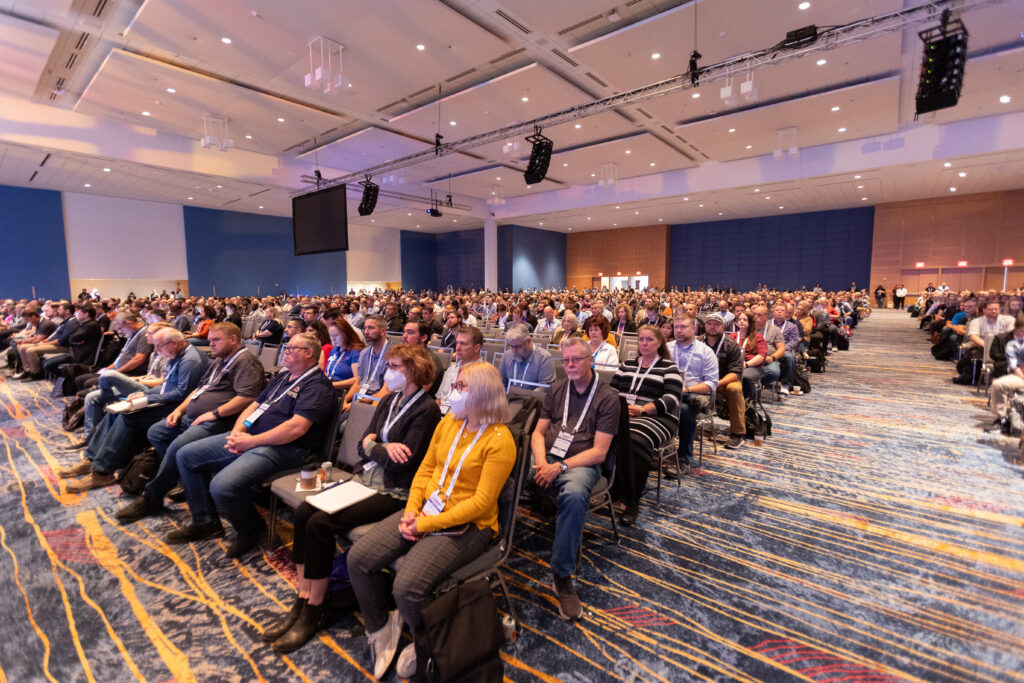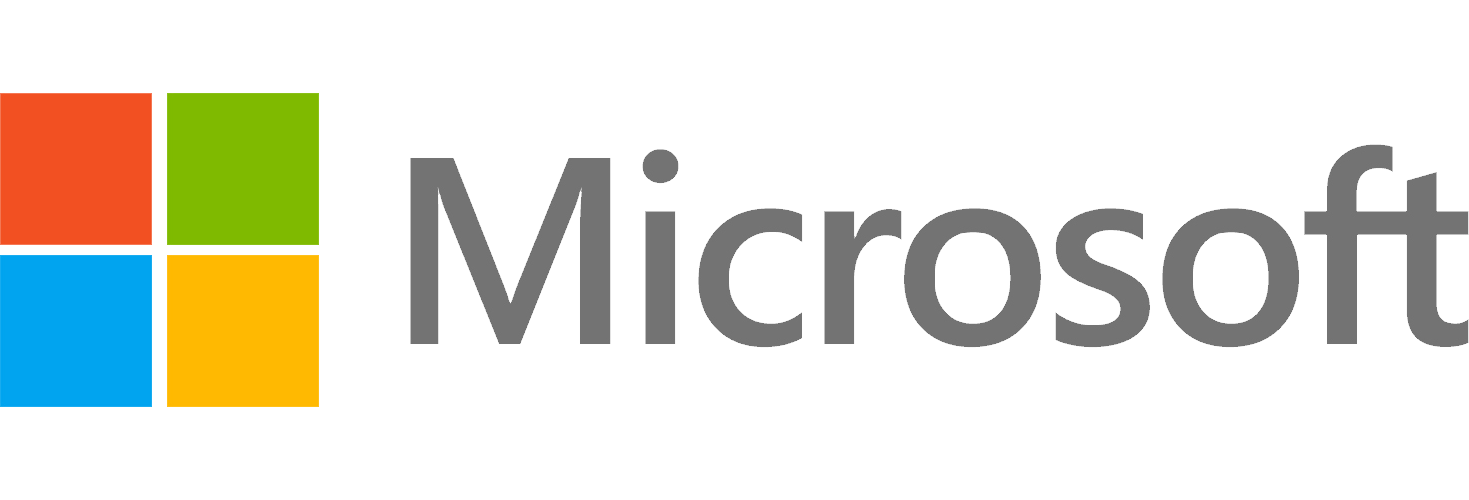
At Community Summit North America 2023, Microsoft exec Alfredo Ramirez took the keynote stage and explained why artificial intelligence is so relevant now. Although there was previous hype around AI, businesses must understand why it’s more than just a buzzword.
Before understanding how AI is transforming the way we conduct business, it’s important to understand exactly what artificial intelligence is. Ramirez, who is vice president of business applications, defined an intelligent system as a model that reasons over data. He highlighted quality data and large language models (LLMs) as critical components.
“LLMs change both our abilities to reason over unstructured data and how we interact with AI models,” Ramirez explained. For instance, these models can take in large quantities of information — such as from emails, customer reviews, and blog posts — then summarize and provide context around them.

Further, data enables us to essentially have unlimited knowledge, but there’s not enough human time and capacity to comb through all of it. There’s a critical talent shortage of skilled workers who can manage data-related tasks. Ramirez shared data from a Korn Ferry study that revealed there will be up to 85 million unfilled jobs due to skills shortages by 2030. Not only will this create a significant gap in the workforce, but it will also hinder innovation. Organizations must increase their agility, adaptability, and productivity.
Once organizations grasp what intelligent systems are and why AI is so important, business leaders may be left wondering what a good starting point is to begin their journey with AI. Because the seemingly never-ending amount of use cases can be overwhelming, Ramirez listed a handful of simple ways to get started with AI:
- Businesses need to be in the cloud for greater scale when it comes to data and compute capabilities: “You want to get there now,” he said.
- Assess your readiness by asking questions: Where are you in your journey? Do you have the right data architecture? If you don’t have the right people with the right skills, how do you build those skills first? Do you have centers of innovation and compliance?
- Think of a small project, such as a prototype or pilot, that you could use to start dabbling in AI. Nowadays, it’s easier to roll out and leverage technology; start small and AI will eventually be part of your daily work life, enabling you from getting answers in real time which will change the way you can be productive.
Ramirez concluded his session on the note that “the rise of cloud and recent advances in foundational models present a once in a lifetime opportunity to leverage AI for business transformation.”
As an indicator of how generative AI can transform business processes, Ramirez cited the example of Carmax, which has leveraged the technology to automate 80% of content development processes, cutting massively into the amount of time required to deliver content that car buyers can use for research.
Insights from NASCAR Driver and STEM Advocate
A featured keynote was delivered by NASCAR racer, Standford graduate, and STEM advocate Julia Landauer. Throughout her presentation, Landauer described some of the technical aspects of motor sports, three lessons from her career, and some core takeaways.

She described motor sports as “a data- and tech-driven industry.” From training for races to physically driving the racecar, data and different types of technology are required, such as using simulator tools and having a data-driven overview from driving a complete lap to become a more proficient driver.
As Landauer shared personal anecdotes, she highlighted three life lessons she holds with her:
- Your life is your responsibility: Even when we’re not in control of very much, we’re always in control of our actions. We must train ourselves with a “can-do” mindset and actively seek out what we have self-control over. This can evoke enthusiasm and feelings of having control of our futures.
- We must own who we are: Others will have different perceptions of you. It’s your responsibility to be intentional with your interactions and make an effort to show people the side of you that you want people to see.
- Our dreams demand discomfort: It’s important to iterate, adapt, evolve, and change. Working through and mastering fear “allows us to up our threshold for the amount scary things we’re able to do,” Landauer explained. Confidence can be built as you practice tolerating discomfort.
Landauer left attendees with three key takeaways: Take radical responsibility. Authenticity is key. Dreams demand discomfort. She concluded with a quote that she holds close by Erada Svetlana, “If it’s both terrifying and amazing, then you should do it.”
Additional Session Highlights
- Mike Ehrenberg, CTO for Microsoft Dynamics Business Applications, said the company will implement Azure availability zone redundancy for all Dynamics and Power Platform production zones. For applications deployed across two zones, if one zone is impacted the service continues operating in the second. The model recently demonstrated its value when over 1,500 customers on one service continued operating through a failure with no impact to users and no loss of data, Ehrenberg said.
- Microsoft partner RSM shared a differentiated generative AI use case. Its customer, the Canadian city of Kelowna, has used generative AI and specifically Microsoft’s Azure OpenAI service, to revamp its grant management process while solving the problem of leaving millions of dollars of potential grants on the table. RSM said generative AI is increasing the number of grants received and thereby increasing what the city can offer to constituents.
- Microsoft partner Velosio provided timely insight on Microsoft Cloud for Sustainability and explained four key functions: It unifies data intelligence from across sources; it helps build sustainable IT infrastructure to support workload migrations to cloud; it reduces the environmental impact of operations; and it creates sustainable value chains with transparency from raw material to product creation.







